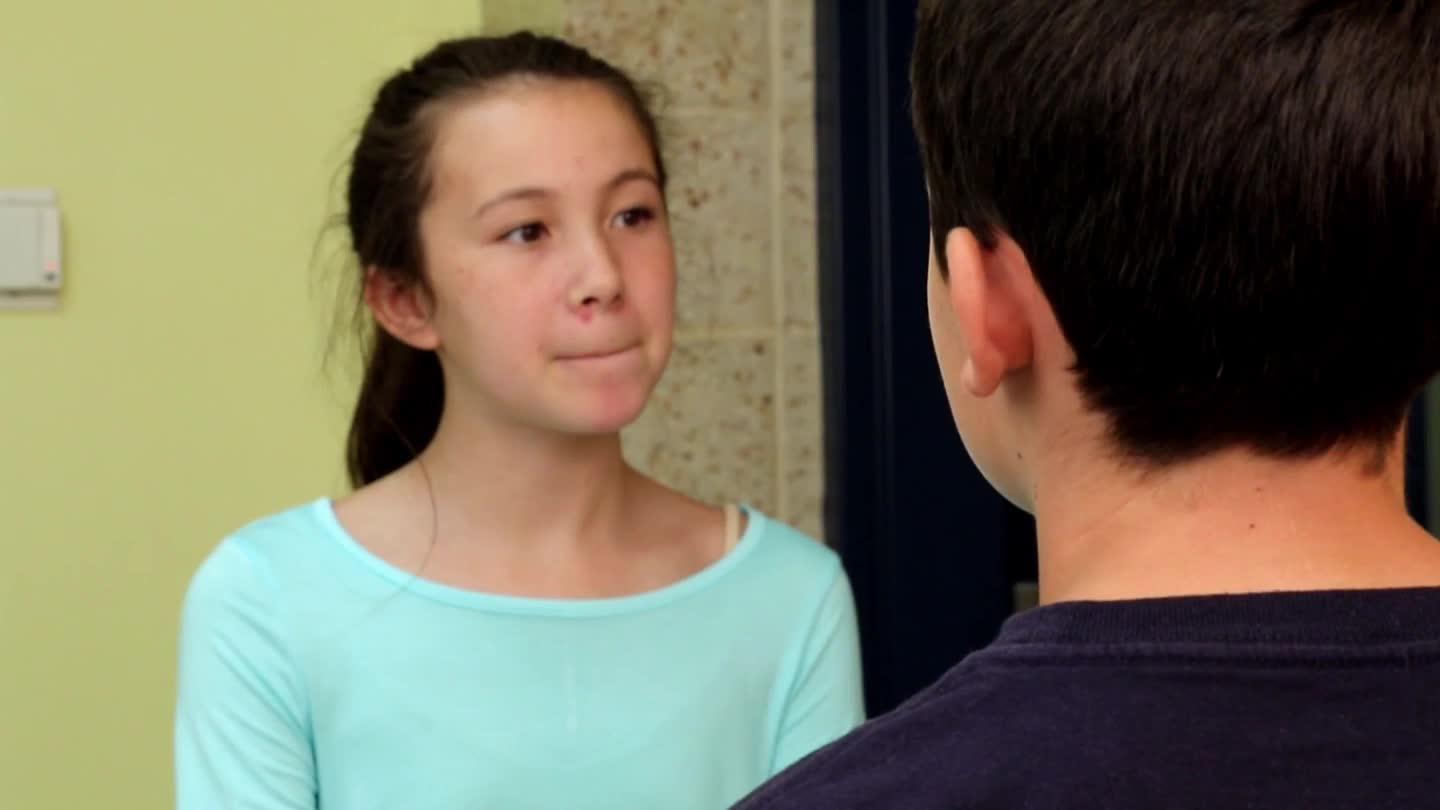
Introduction
As educators working with students in Special Education, we understand that conversations can vary in length and depth. Sometimes, students may struggle to gauge how much they should be talking in different situations, which can lead to confusion or discomfort for others. To help students navigate these social situations, we can introduce the concept of the Conversation Measuring Cup. This tool helps students understand when to give short or long answers and ensures they give others a chance to speak.
No-Prep Activity: The Conversation Measuring Cup Game
This activity requires no preparation or materials and can be easily implemented in the classroom. It’s designed to help students practice using the Conversation Measuring Cup in various situations.
- Divide the students into pairs.
- One student in each pair will be the “Speaker,” and the other will be the “Listener.”
- Give the Speaker a topic or situation (e.g., a friend asking “How was your weekend?”).
- The Speaker should respond to the situation, keeping in mind the Conversation Measuring Cup concept. They should adjust their response length based on the situation and cues from the Listener.
- The Listener should provide feedback on whether the Speaker’s response was an appropriate length for the situation.
- After each round, have the students switch roles and repeat the process with a new topic or situation.
This activity helps students practice adjusting their conversation length based on the context and encourages them to be mindful of giving others a chance to speak.
Discussion Questions
- Why is it important to adjust the length of our responses in different situations?
- What are some cues you can look for to know if someone wants to have a longer conversation?
- How can you ensure that you’re giving others a chance to speak during a conversation?
- What are some challenges you might face when trying to use the Conversation Measuring Cup in real-life situations?
- Can you think of a time when you didn’t use the Conversation Measuring Cup, and it led to an awkward situation? How could you have handled it differently?
Related Skills
Besides the Conversation Measuring Cup, there are other relevant skills that can help students improve their social interactions:
- Active listening: Encourage students to listen carefully to what others are saying and respond thoughtfully.
- Reading body language: Teach students to recognize non-verbal cues that may indicate someone’s interest or disinterest in a conversation.
- Asking open-ended questions: Help students practice asking questions that encourage others to share more about themselves and their experiences.
Next Steps
Now that you’ve learned about the Conversation Measuring Cup and how it can help your students navigate social situations, consider exploring more resources to support their social-emotional learning journey. Sign up for free samples of the discussed skill and others at Everyday Speech. These materials can provide additional guidance and activities to further enhance your students’ communication skills and overall well-being.

